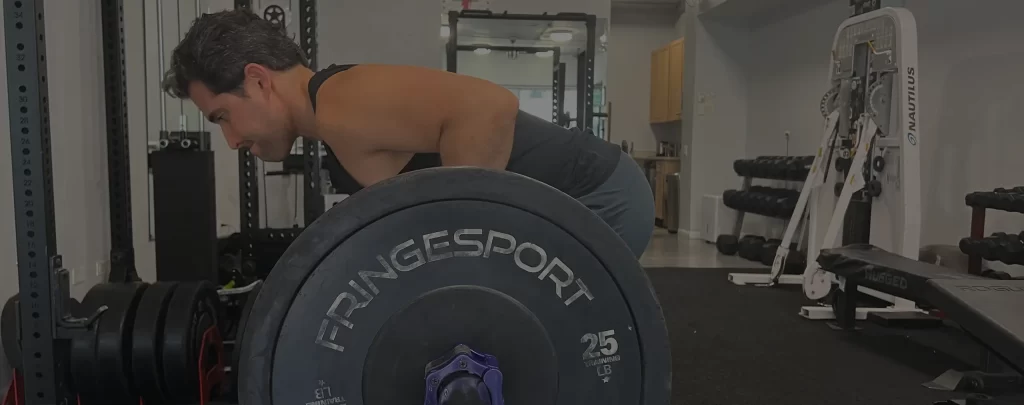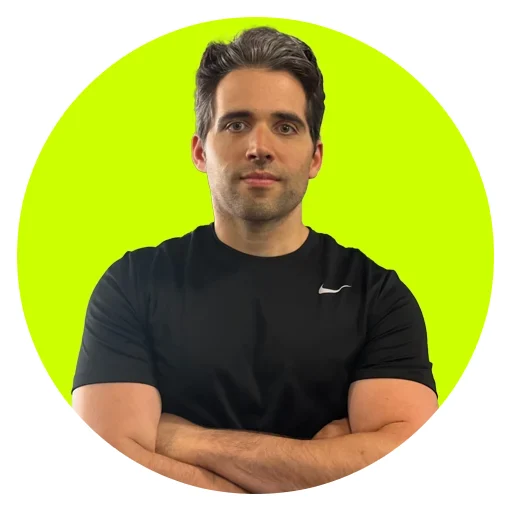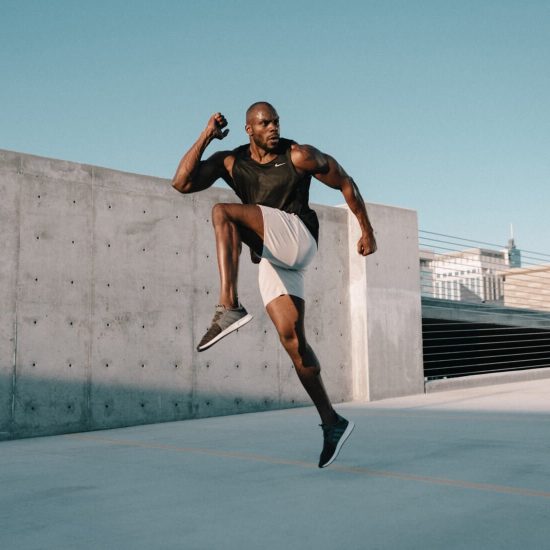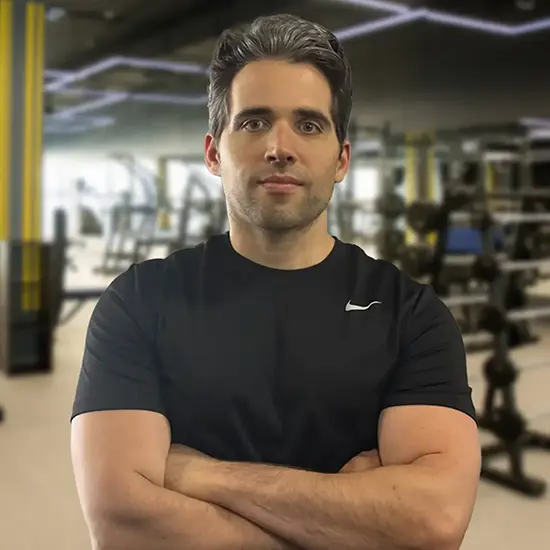Table of Contents (_workinprogress_)
Starting a fitness journey can feel like stepping into a whole new world. There are countless workouts, diets, and pieces of advice that claim to be the key to success. However, the most important thing is to find what works best for you and your body.
Fitness is not “one size fits all” and understanding this can help you create a regimen that you enjoy and can stick with long term.
Defining Fitness: More Than Just Muscles
At its core, fitness is about enhancing your physical well-being and quality of life. It encompasses not only muscle strength and endurance but also cardiovascular health, flexibility, and mental health. Being fit means you have the energy and ability to perform your daily activities with ease and have some reserve for unexpected challenges.
Components of a Balanced Fitness Program
Cardiovascular Training: This is anything that gets your heart rate up, from jogging and cycling to dancing and swimming. Cardio is crucial for heart health and helps in calorie burning.
Strength Training: Lifting weights or using resistance bands helps build muscle, which can boost your metabolism and provide you with a stronger, more toned appearance.
Flexibility and Mobility Work: Practices like yoga or simple stretching exercises enhance joint range of motion, reduce the risk of injuries, and can even relieve stress.
Balance Training: Incorporating balance exercises, such as those done on a stability ball, improves your overall stability and can prevent falls, especially as you age.

Finding What Works for You
The best type of fitness routine is one that you can perform consistently. Try different activities to see what you enjoy most. If you dread your workouts, you’re less likely to stick with them. Also, mix things up occasionally to keep your body guessing and to prevent boredom.
Setting Realistic Goals
When embarking on a fitness journey, it’s vital to set achievable goals. If you’re new to exercising, don’t expect to run a marathon in a month. Start with smaller goals, like working out three times a week or achieving a daily step count. As you meet these goals, you can set new, more challenging ones.
The Role of Nutrition
Fitness isn’t just about physical activity; it’s also about fueling your body properly. Eating a balanced diet rich in fruits, vegetables, lean proteins, and whole grains will give you the energy you need to perform your workouts and will aid in recovery and muscle growth.
Overcoming Challenges
Everyone faces challenges on their fitness journey, whether it’s lack of time, motivation, or just not knowing where to start.
Here are a few tips to overcome these common hurdles:
- Lack of Time: Schedule workouts like any other important activity. Even short 10-minute bursts of activity can be effective.
- Lack of Motivation: Set clear, tangible goals, and consider finding a workout buddy or joining a fitness community for support.
- Lack of Knowledge: Consider hiring a personal trainer or seeking resources online to learn proper techniques and find effective workouts.
The Mental Benefits of Fitness
Fitness also has profound mental health benefits. Regular physical activity can reduce symptoms of depression and anxiety. Exercises, especially those in nature or that involve elements of mindfulness like yoga, can significantly improve your mood and reduce stress levels.
Technology and Fitness
Technology can play a role in your fitness journey. Fitness trackers monitor steps, heart rate, and even sleep patterns, helping you get a better understanding of your health. There are also numerous apps and online platforms where you can find workouts or track your nutrition.
Staying Safe During Workouts
To reduce the risk of injury, start each workout with a warm-up and end with a cool-down. A warm-up could be a light jog or dynamic stretches to get the blood flowing. Cool-downs should gradually bring your heart rate down and incorporate static stretching to improve flexibility.
Conclusion: A Lifelong Journey
Fitness is a lifelong journey with ups and downs. It’s not just about having a summer-ready body but about maintaining health, feeling strong, and being able to enjoy life to its fullest. Remember, the most important step on this journey is the next one. Keep moving, keep exploring, and keep pushing your boundaries. Your future self will thank you.
External Links
[1] Integrated Role of Nutrition and Physical Activity for Lifelong Health – National Library of Medicine – click here.
[2] Psychological Benefits of Exercise – Association for Applied Sport Psychology – click here.

Vince Alessia
Fitness & Nutrition Expert
As his passion for health and wellness grew, Vince went on to pursue a bachelors degree in Nutrition at the University of Illinois at Chicago as well as becoming a Certified Personal Trainer. Believing in continuing education, he did not stop there, he also received his certification from the National Academy of Sports Medicine.



